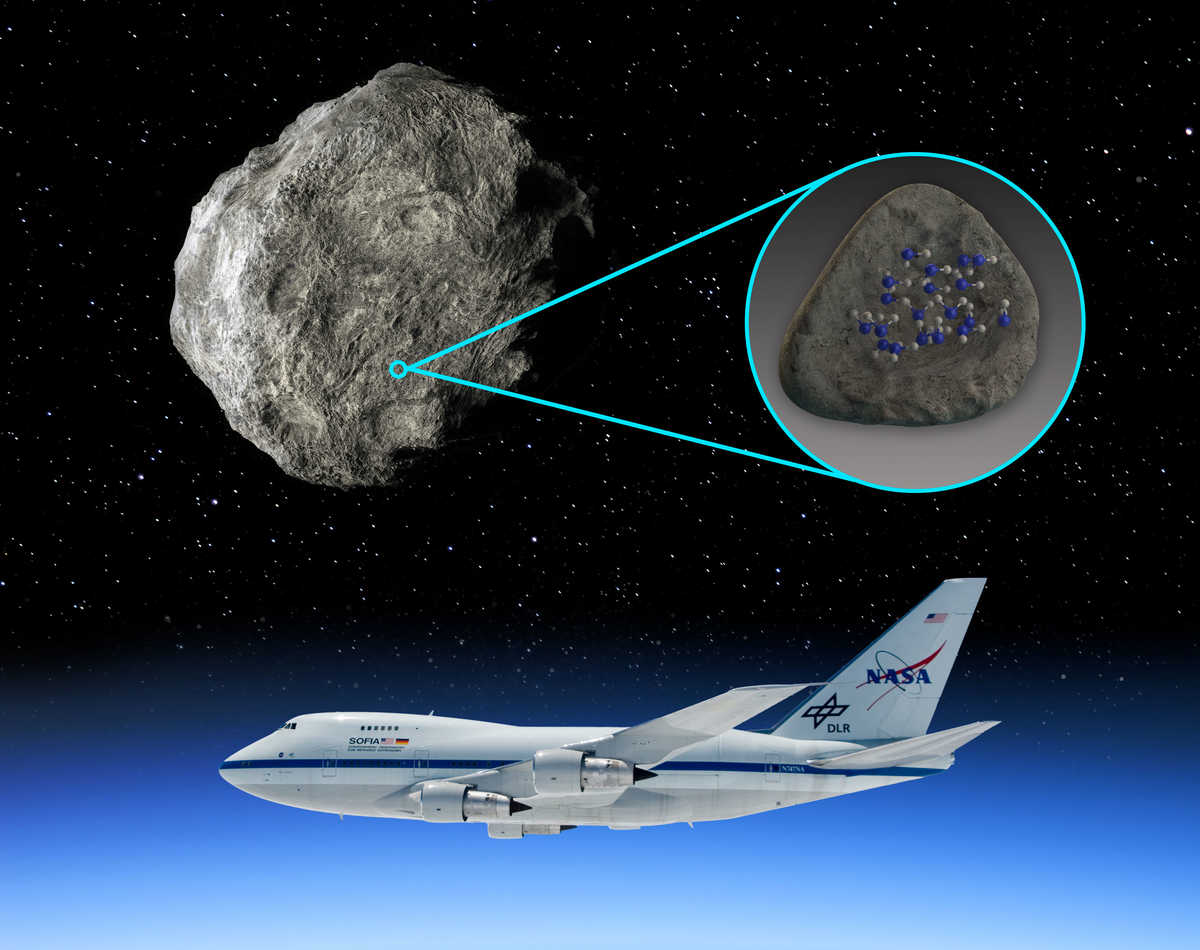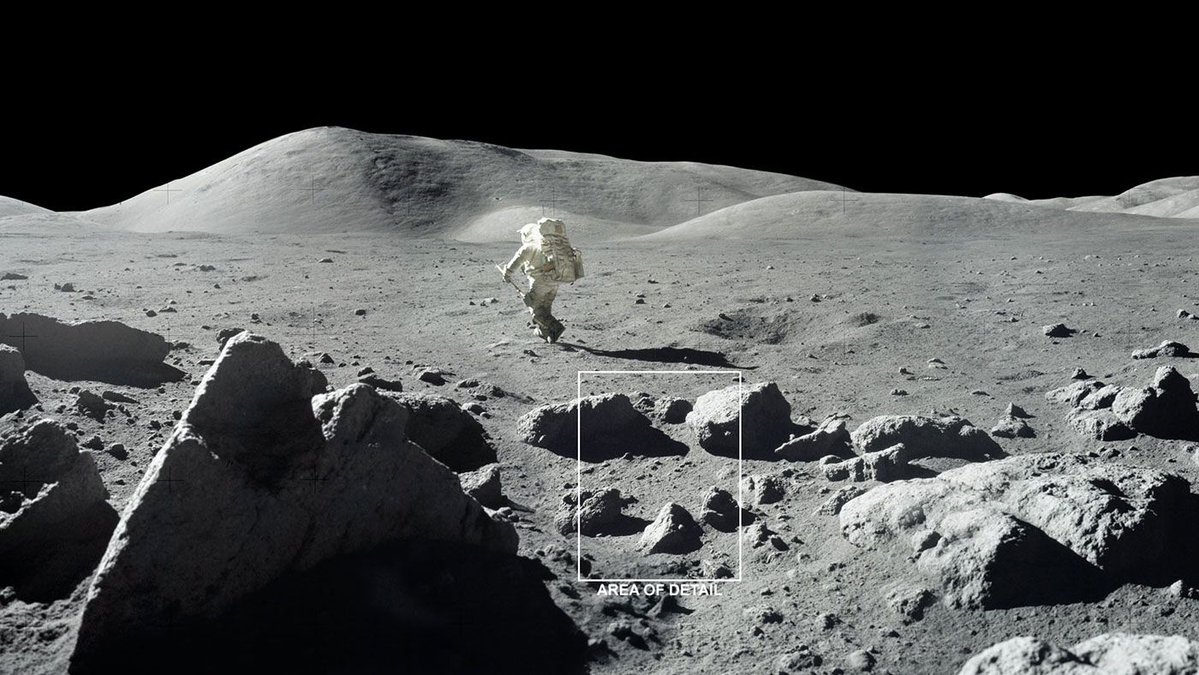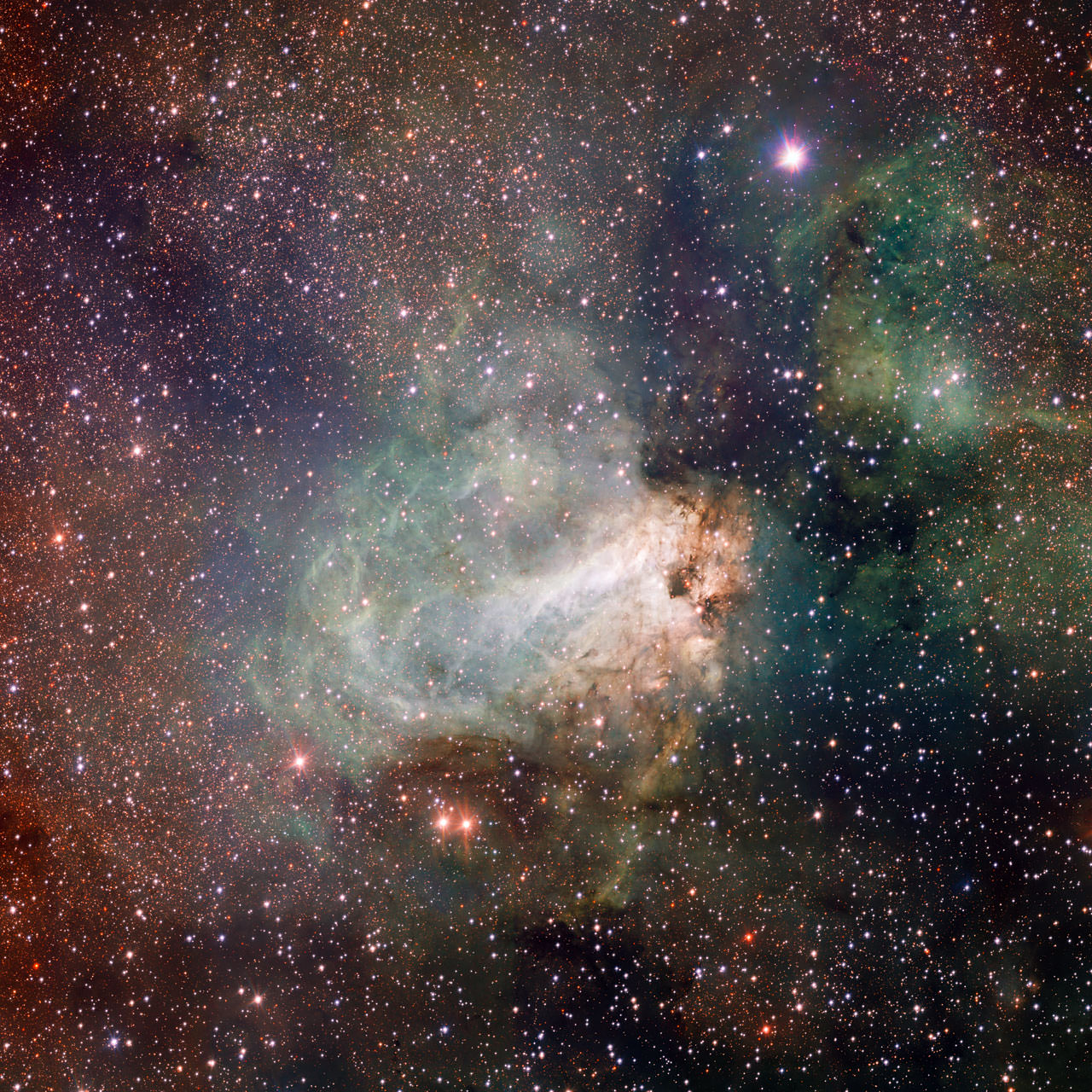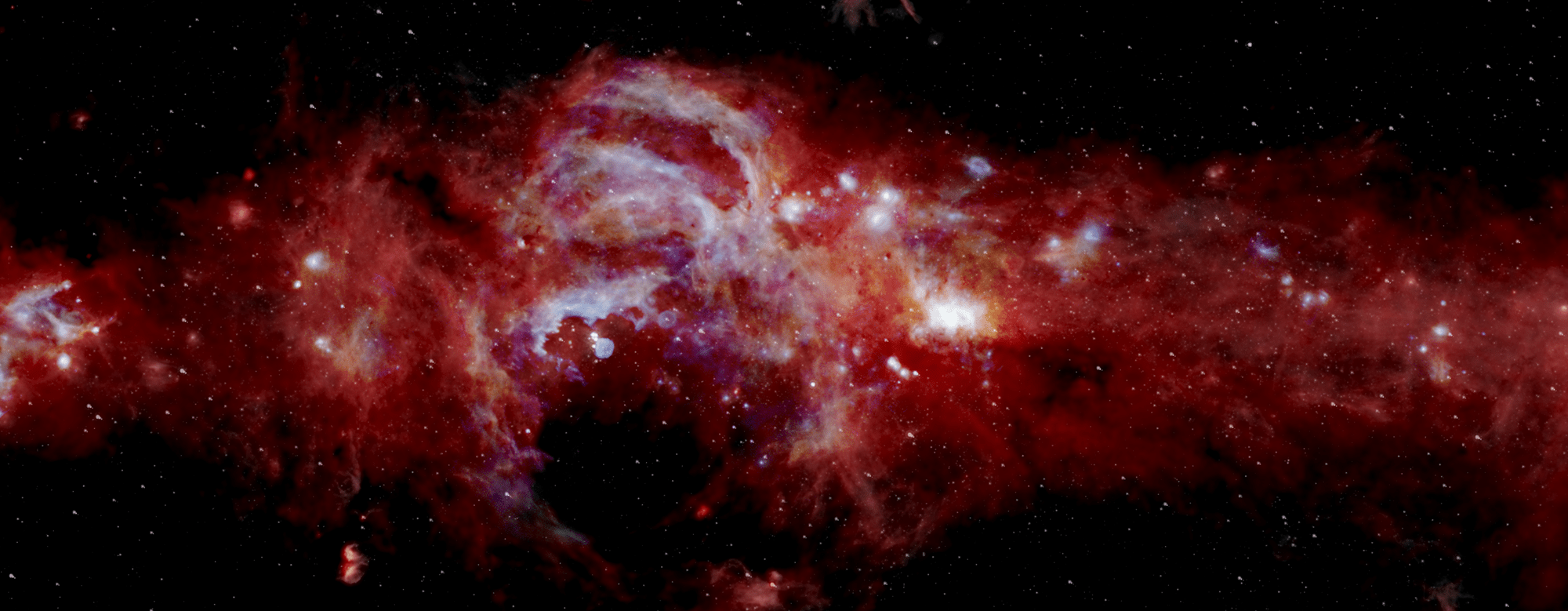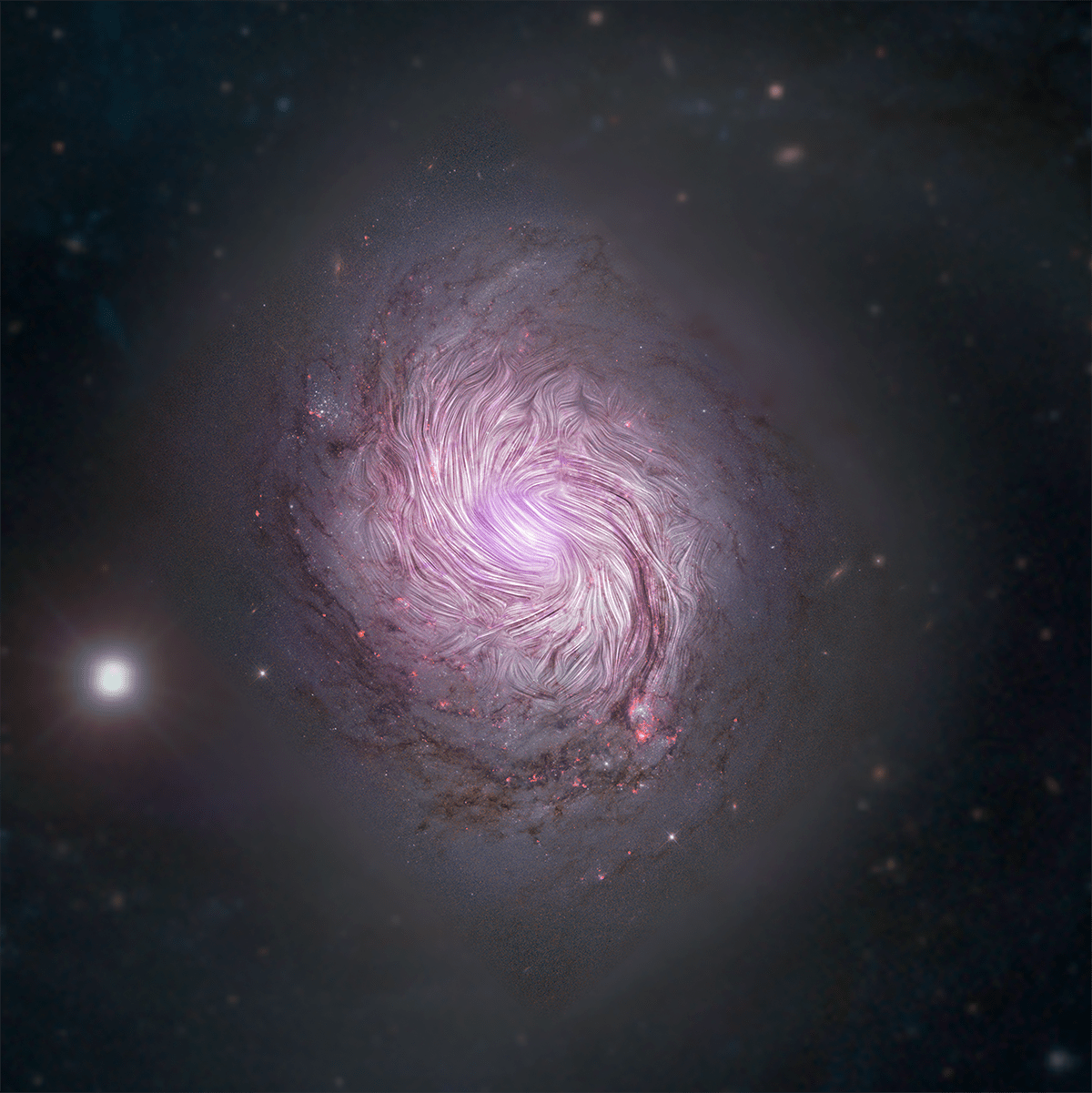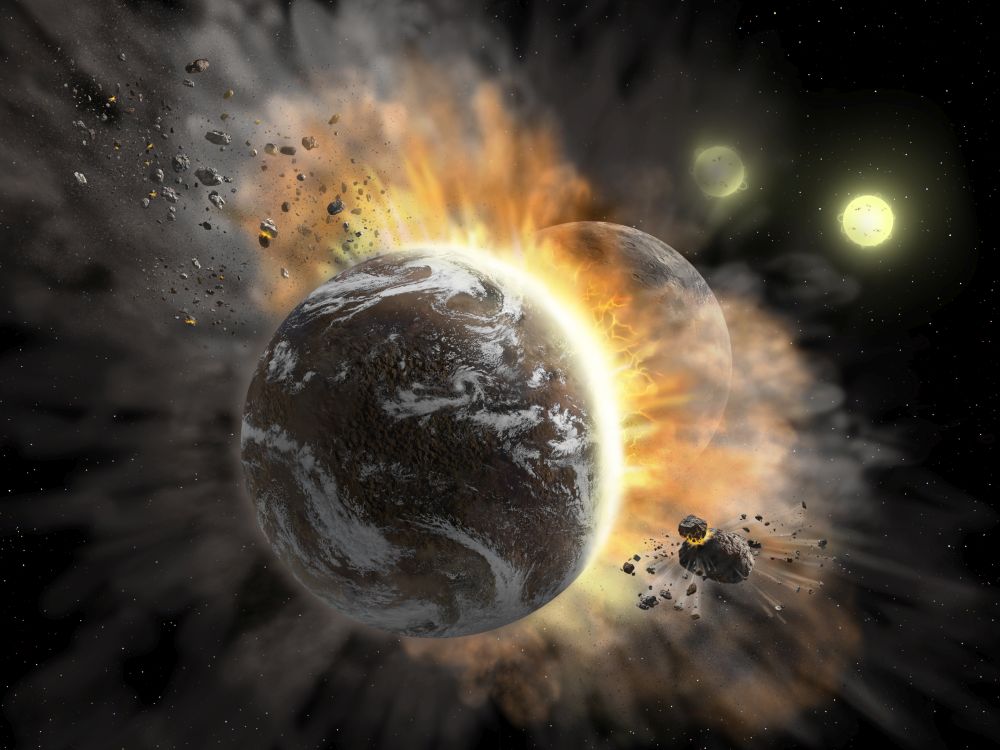Our Solar System is a collection of objects from planets and moons to comets and asteroids. It’s thought there are upwards of 1 million asteroids orbiting the Sun and it was thought that any water present on them should have evaporate long ago. A recent study using data from the SOFIA infrared telescope discovered water on the asteroids Iris and Massalia.
Continue reading “Water Found on the Surface of an Asteroid”Water Found on the Surface of an Asteroid
